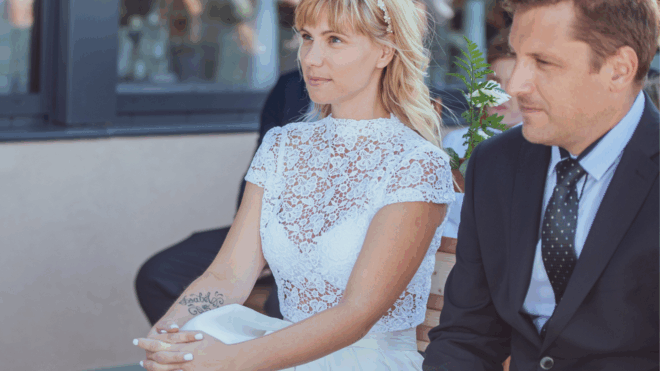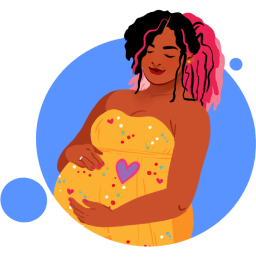Bees
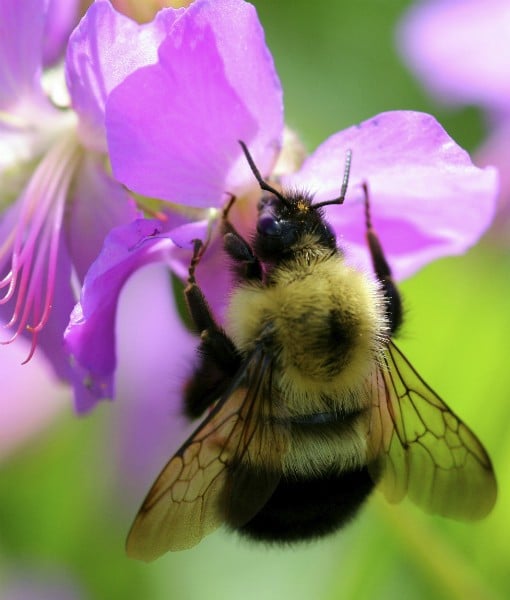
Bees are the superstars of pollination! They are probably the first creatures anyone would think of if asked to name an animal responsible for pollinating flowers. Approximately one third of our food supplies is dependent on pollination, and bees are responsible for most of it. That's why it is such a problem that bee populations have been suffering for the past several years. With bees dying out, the effect on food production could be catastrophic. Scientists have notreached a consensus regarding the cause, but recent studies strongly suggest a particular class of insecticides is to blame, with other contributing factors. According to a recent article from Slate, "pollintors have been called the canaries in the coal mine for ecosystem health." When bees fail to pollinate, it means bigger trouble than most people realize. (Slate)
Image via Thinkstock
Hummingbirds
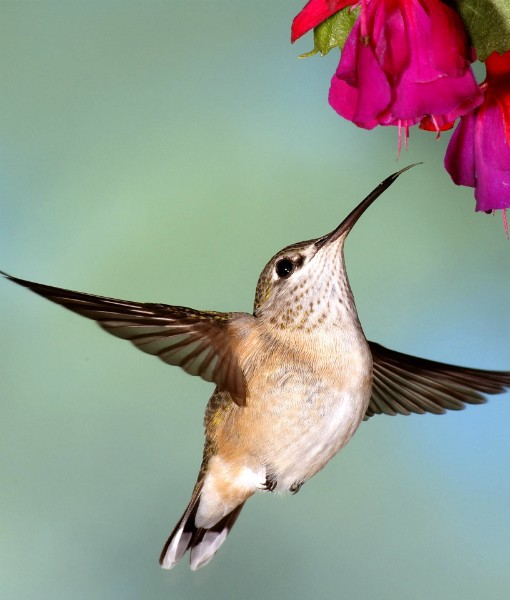
Hummingbirds aren't the only pollinating birds, but they're the most well-known. Small and fast, hummingbirds can flit about from flower to flower like insects and, as the only birds that can hover, they're well suited to the task of drinking nectar. But there's lots about hummingbirds that scientists still don't understand. Example: Why do hummingbirds almost exclusively pollinate flowers that hang upside down? Scientists have been using high-speed footage to try answering that very question (among others). Using artificial flowers to feed the birds, researchers were surprised to find that drinking from upside-down flowers actually required more energy than drinking from horizontal flowers. They're best guess is that rightside-up flowers are more exposed to rain, diluting their sweet, delicious nectar. (Wired)
Image via Thinkstock
Butterflies
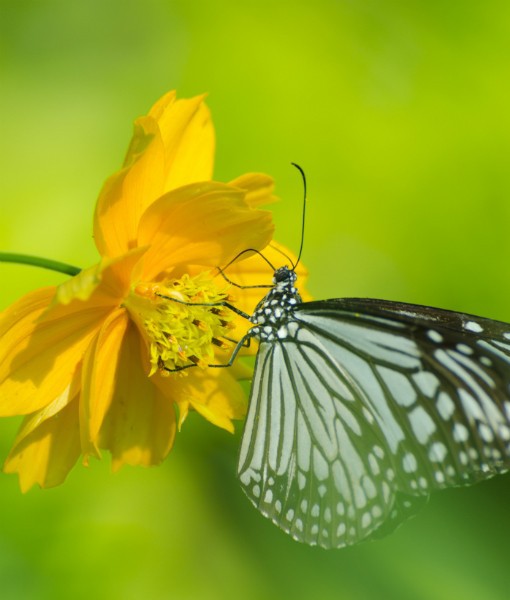
While butterflies are not as efficient at pollination as bees — their long, thin legs and slight bodies can't collect and carry as much pollen — they get the job done nonetheless. They also enjoy a number of advantages those busy buzzers can't claim. For one thing, they can see red, which bees cannot, sending them after more brightly colored blooms. Also, butterflies emit certain pheromone scents that attract the opposite sex. These scents are very similar to those of certain flowers — unsurprisingly, flowers that other butterflies are drawn to. (Texas A&M University)
Image via Thinkstock
Bats
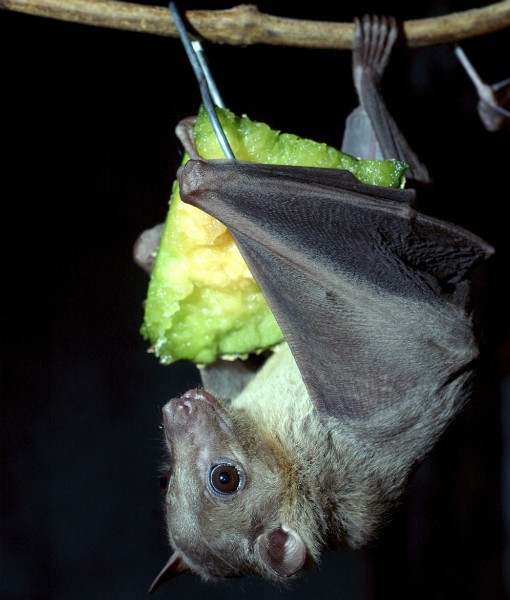
When the sun goes down, bats come out to continue pollination while the day shift goes to sleep. Bats are important pollinators of cacti and agave in deserts, and of all manner of vegetation in rain forests. The next time you go grocery shopping for fruits and vegetables, you should thank bats, since they're responsible for pollinating avocados, bananas, carob, cashews, cloves, dates, durian, figs, guavas, mangoes, peaches and more. (Bat Conservation International)
Image via Thinkstock
Ants
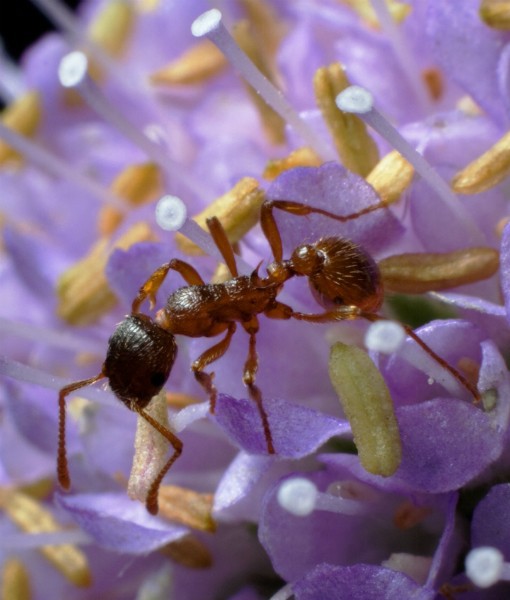
Ants can be seen visiting flowers frequently, and they do pollinate to a certain degree, although the mutualistic relationship is more one-sided than usual. Since most ants can't fly, they don't access flowers as easily as animals who can; instead, ants have to crawl over plants and into flowers directly. For this reason, ants are most effective as pollinators for plants growing low to the ground, with flowers that are close to the stem. In other species of plant, ants may actually do more harm than good, because they will eat the nectar without pollinating, effectively failing to keep their side of nature's mutualistic bargain. (American Journal of Botany)
Image via Thinkstock
Beetles
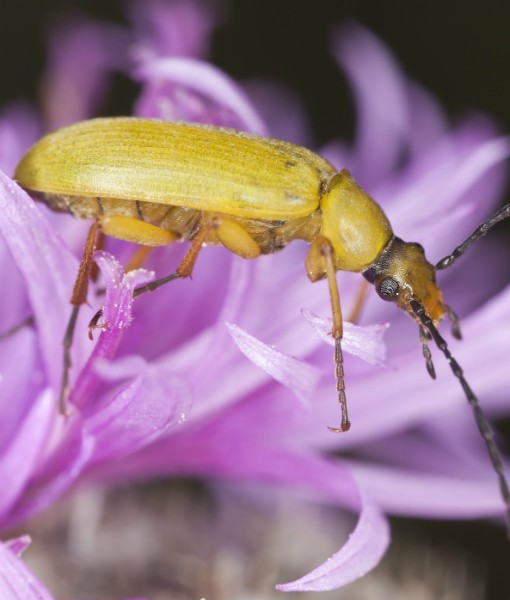
Bees and perhaps hummingbirds get all the glory and attention for pollinating flowers, but beetles are the real workhorses, pollinating more flowering plants — 88 percent — than any other animal. As some beetle species are hundreds of millions of years old, they are also some of the first creatures to ever pollinate plants and, today, continue to pollinate the oldest flowers still in existence. Research has demonstrated that beetles are capable of color vision, but they are more attracted to flowers by scent. (The Mulch)
Image via Thinkstock
Rodents
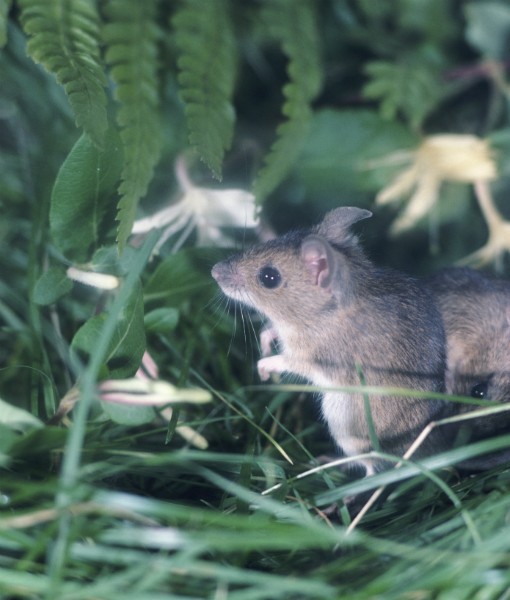
The flowers of certain species of protea plants, aka "sugarbushes," are uniquely adapted to pollination by rodents like spiny mice. Birds reject sugarbush nectar because it contains too much of a sugar called xylose, which spiny mice are able to digest. In turn, the sugarbushes provide plenty of nectar and pollen for the spiny mice to eat when other food sources are scarce. Other small rodents act as pollinators for these plants, but spiny mice are perhaps their primary pollinators. (Pollinators)
Image via Thinkstock
Lemurs
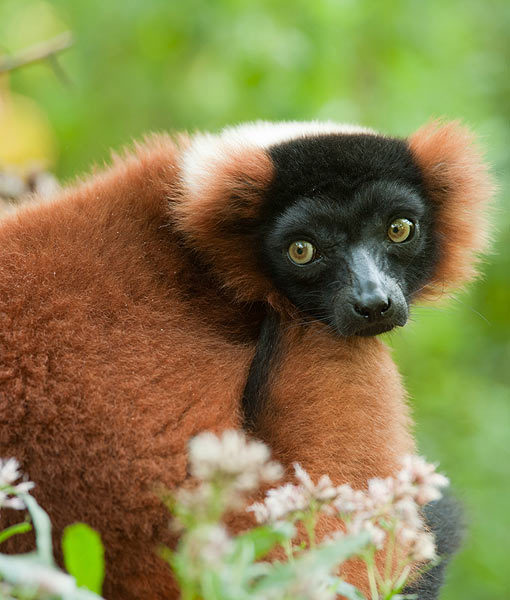
Lemurs probably aren't the first animals that come to mind when you think of pollination, but many lemur species pollinate flowers. In fact, black-and-white ruffed lemurs are the largest pollinators on Earth. Other lemur pollinators include dwarf lemurs, mongoose lemurs and red-ruffed lemurs. Red-ruffed lemurs eat a diet of fruit and pollen (and some leaves, when nectar is scarce during dry seasons.) When they stick their noses into flowers for nectar, pollen collects on their snouts, and they transfer it from flower to flower. Sadly, the trees that are essential to the lemurs' diet are also desirable for logging purposes, so deforestation is a significant problem for these animals. (Duke Lemur Center)
Image via Thinkstock
Possums
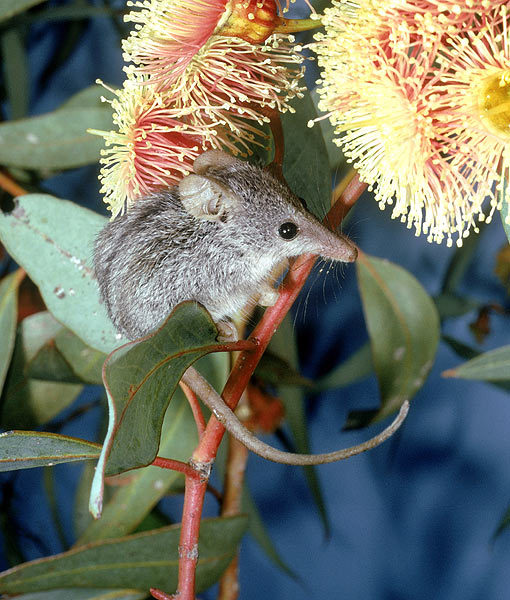
In Australia, where more typical pollinators are scarce, the continent's possums have to step up to do the job. The honey possum, in particular, subsists on a diet made up exclusively of nectar and pollen. Honey possums survive on a number of different flowers, but favor various banksia plants. When the possums climb the plants and use their long, brush-like tongues to eat the nectar, pollen collects on their fur, which they bring to other flowers as they continue to eat. Other possum species, like pygmy possums and sugar gliders, act as pollinators also. (Australian Association for Environmental Education)
Image via Thinkstock
Lizards
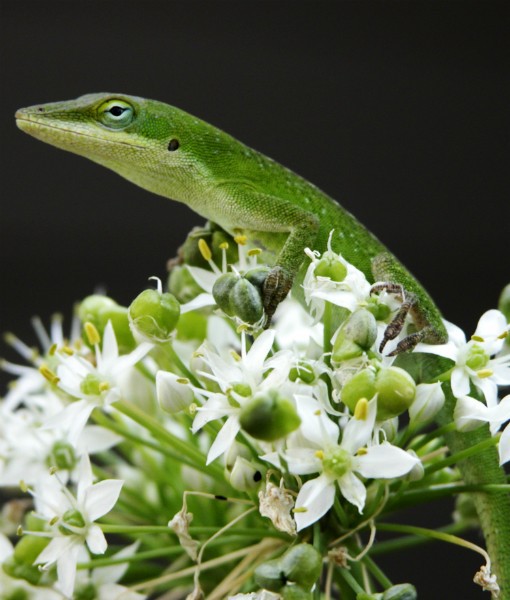
New research in the last decade has shown that the contribution of lizards to pollination has been underestimated. Scientists theorize that the mutualistic relationship between lizards and flowers is limited to islands on which lizard populations are both denser than on the mainland, and where they have fewer predators. Like other pollinators, the dozens of species of geckos and skinks that pollinate flowers may not always be seeking the pollen itself, but rather the nectar of the flowers (these flowers, logically, produce more nectar than is typical as a "reward" for the pollinator) or the fruit. But once they feast, they end up carrying pollen away with them anyway, or at least make the flowers more accessible for insect pollinators to do the job. (Trends in Ecology and Evolution)
Image via Thinkstock


